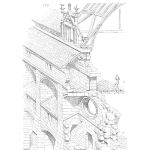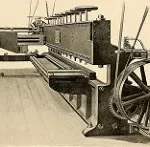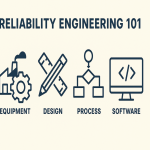
True or False? Reliability Centered Maintenance (RCM) must be applied to all assets.
False!
In this video, we explore the flexibility of Reliability Centered Maintenance (RCM) and how it can be tailored to your specific needs. RCM doesn’t have to be applied to every asset; instead, your analysis scope should be driven by your goals. Whether you focus on a single piece of equipment, a specific component, or a select group of machines, the approach can vary. Join me as we debunk the myth that RCM must be applied to everything.
[Read more…]














 Ask a question or send along a comment.
Please login to view and use the contact form.
Ask a question or send along a comment.
Please login to view and use the contact form.